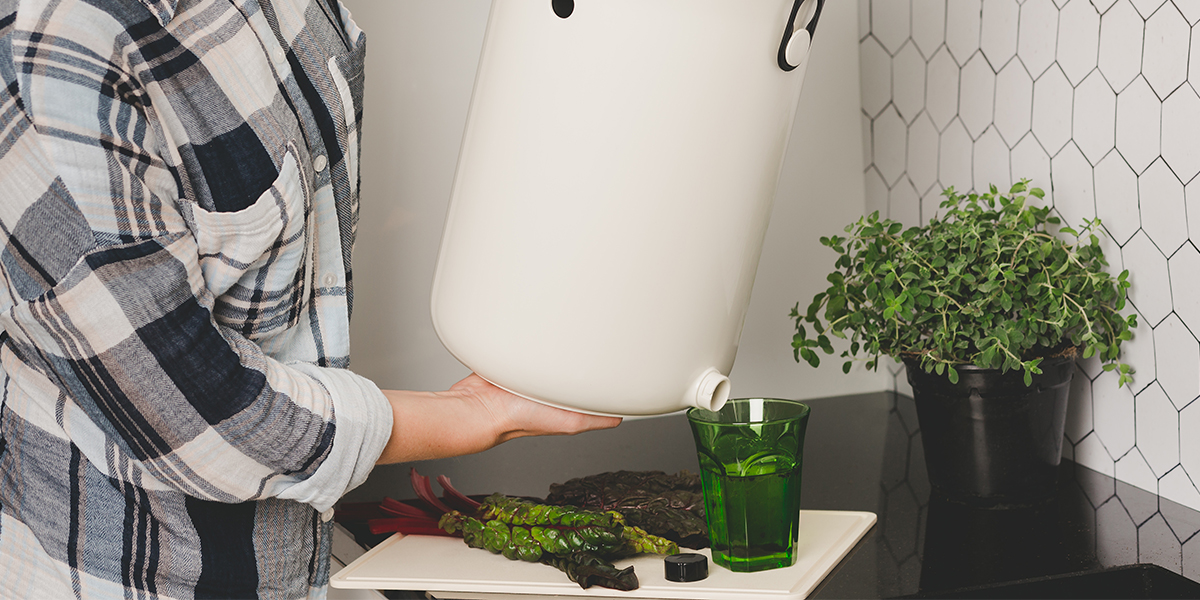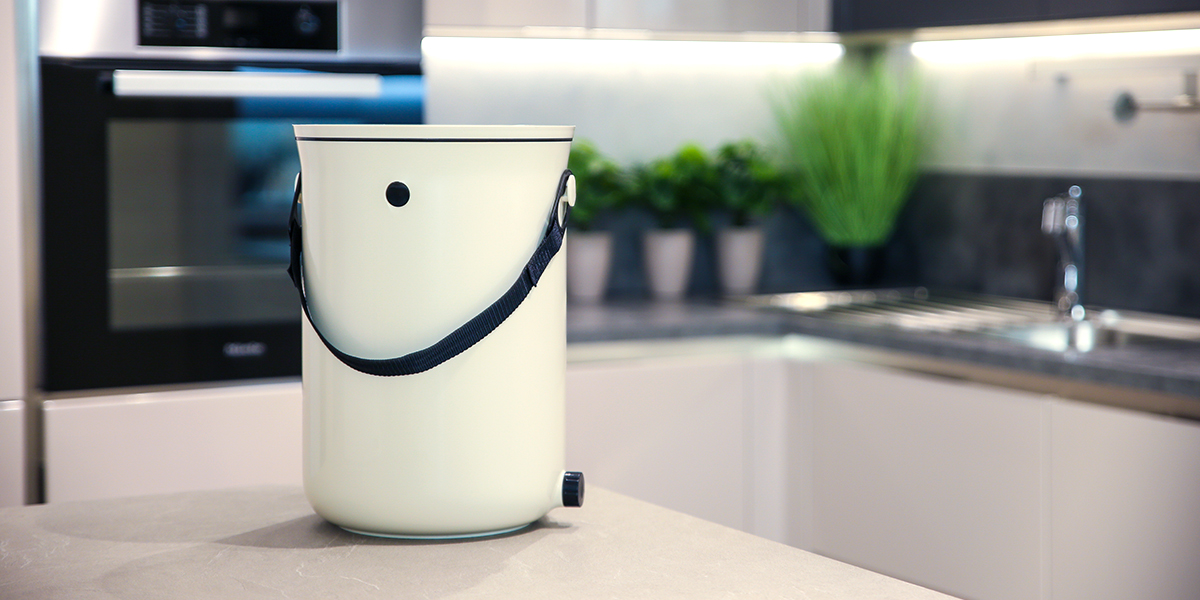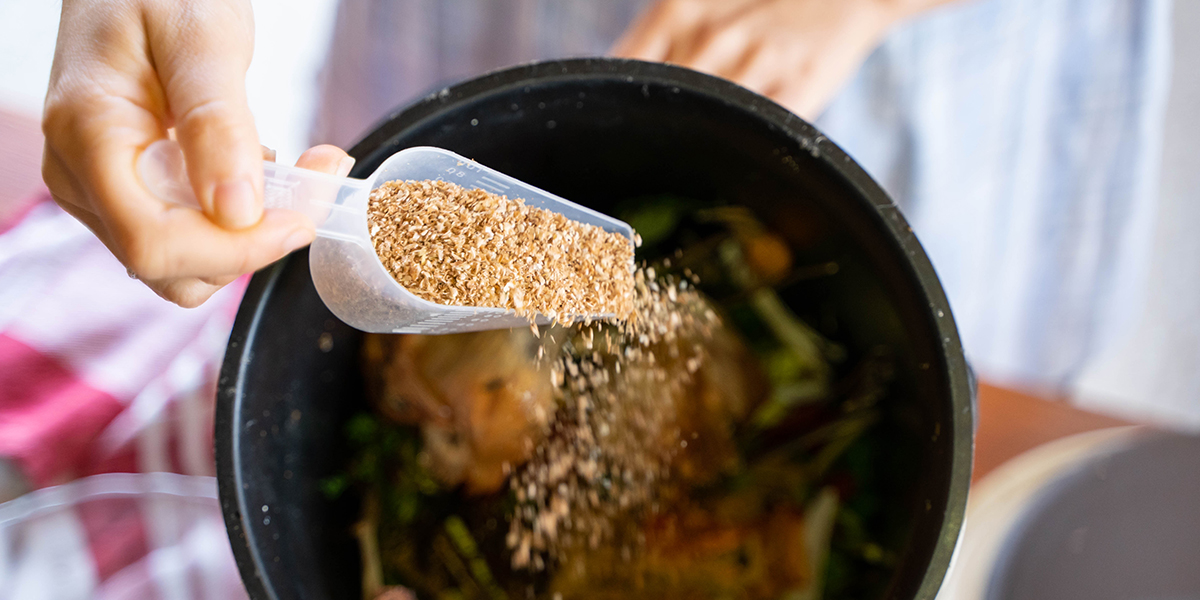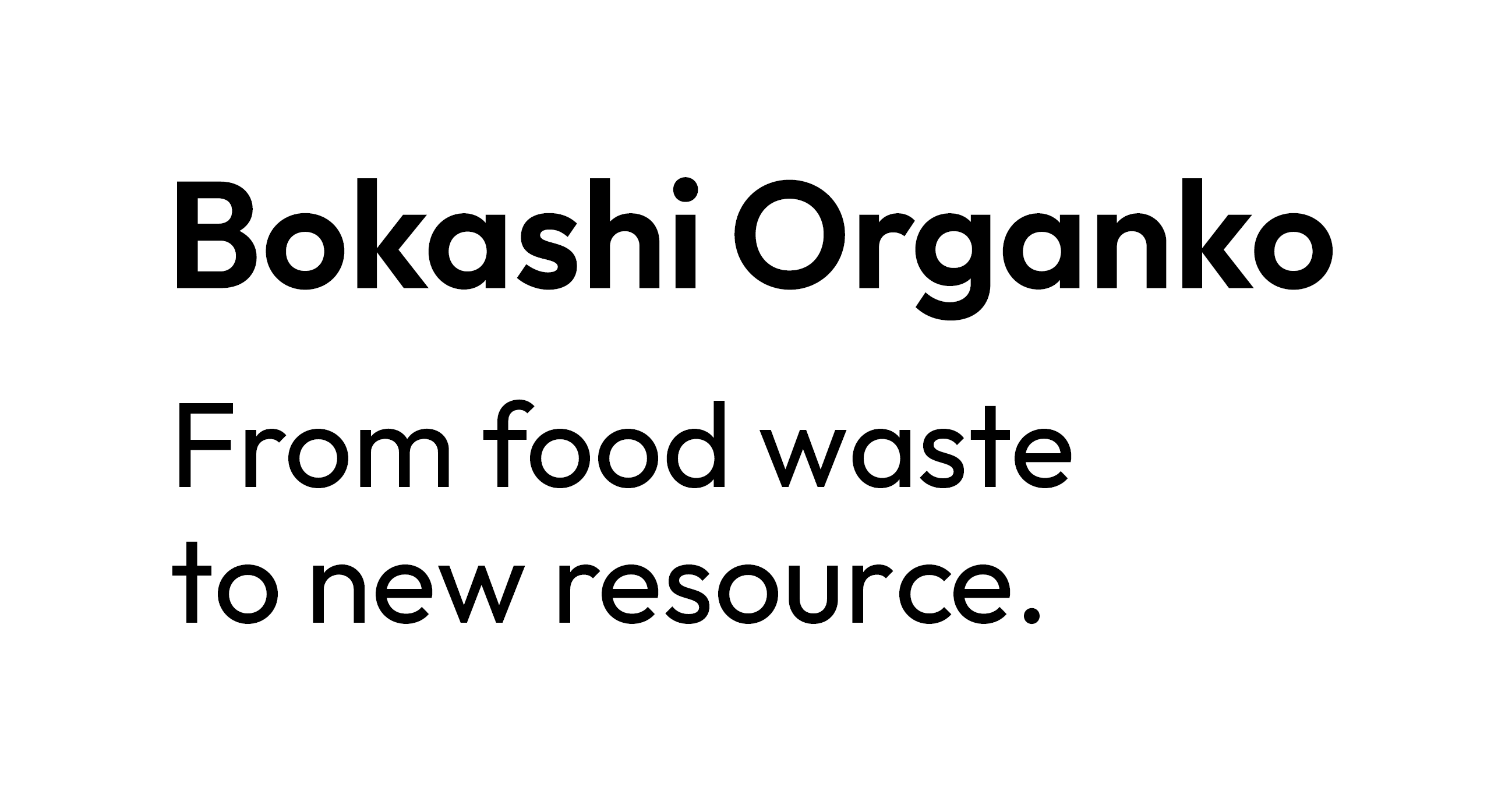If you’re a compost owner, you know that the end result of the composting process may not always be the most optimal. Yet, we all want to get the most out of the organic waste processing method and thus provide a highly nutritious soil builder that will help our plants thrive. As such, we decided to prepare this article, in which we cover the most important aspects of how to improve compost quality. Moreover, since we are strong believers in Bokashi composting, we will focus our “how to improve compost” discussion on that type of composting. By following the suggestions covered in the upcoming sections, you’ll be able to produce high-quality compost consistently.
How to improve compost - Simple Guide
By using the tips and guidelines that we’ve prepared for you, you’ll no longer have to ask yourself how to improve compost. At first, you might need to check the details of this article a couple of times. However, you’ll make a habit of the below-listed actions and will apply them automatically in a while. That way, you’ll always end up with the best possible quality of compost without even thinking about it. So, are you ready to learn how to improve compost for good? Let’s dive right in!
Get a High-Quality Composting Bin
The essential starting point when it comes to learning how to improve compost quality is a proper composting bin. Since Bokashi composting relies on the anaerobic fermentation process to decompose the organic material, ensuring that the composter is airtight is important.
Moreover, due to the nature of fermentation, a side product, Bokashi liquid, also known as Bokashi or fermentation juice, is being produced. And, that liquid must be drained regularly to ensure that the compost is not too moist. As such, any high-quality indoor composter will have a draining valve that will make the removal of the fermentation liquid as straightforward as possible.

Fortunately, there are many solid composting bins available on the market these days. However, there is one particular brand that stands out since it is made out of recycled plastic and is also fully recyclable - meet Bokashi Organko. The latter comes in three different models to best match your needs and style. Once you have a proper indoor composter at your disposal, make sure to apply the rest of the tips on how to improve compost quality.
Shred Waste Before Putting it Into the Composting Bin
Size may not play a significant role in all aspects of life; however, when it comes to composition, it does - the size of organic waste matters! Many studies and testing have confirmed that when organic waste comes in smaller chunks, it contributes faster fermentation process. Why? The smaller the pieces of waste, the more surface area there is for effective microorganisms (EM) to access the material. This speeds up the fermentation process and thus ensures that no negative decomposing processes occur. With that said, one way to improve compost is by ensuring that you shred larger pieces into smaller chunks before disposing of them.
Monitor the Moisture Level
This may sound like you need some fancy moisture detector, but this is not what we mean. Proper moisture levels are normally easily maintained just by regularly removing the Bokashi liquid. If you are using a proper indoor composting bin, the process of removing the fermentation juice is very simple. Moreover, once the fermentation process is in its full swing, you should remove the Bokashi liquid every 3-4 days. And, this is how to improve compost easily.
On the other hand, if you are just starting out with a new batch of Bokashi compost and have particularly dry organic waste, you may need to sprinkle a small amount of water on top of your waste to ensure proper moisture level.

Cycle Your Composting Bins
Another rather important trick when it comes to how to improve compost is to use two composting bins. By doing so, you are able to allow for a full bin to complete the fermentation process uninterruptedly. Meanwhile, you simply use the other bin. As such, you just cycle between the two Bokashi Organko composters.
Not All Organic Material is Suitable
When learning how to improve compost, you must also note that not all organic material is suitable for composting. Luckily, Bokashi composting is way less sensitive than aero composting. Due to high levels of acidity, it is able to break down almost all kinds of organic waste. However, there are still certain items that should be disposed of in some other way.
As the most basic guideline, you shouldn’t put any liquids (water, oil, vinegar, juice, milk, etc.) into Bokashi composter because too high moisture levels prevent the growth and reproduction of microorganisms. That way, your waste would start decaying instead of fermenting. Aside from liquids, it would help if you also avoided large bones, ashes, animal feces, and paper. Moreover, we recommend you take a closer look at what is allowed to be put into the bokashi bin and what you should avoid.
Effective Microorganisms - Bokashi Bran
How to improve compost? Well, when dealing with Bokashi composting, your best bet is to use a fermentation starter. The latter can come in the form of a spray or Bokashi bran. In either case, it is full of effective microorganisms (EM) that play a significant role in the decomposition of organic material. While these beneficial microorganisms are already naturally present in organic material, their population may not be sufficient to smooth the process. As such, you give it a boost by using Bokashi bran.

Properly Store Your Bokashi Bin
The last but not least tip we have on how to improve compost quality is about properly storing your Bokashi bin. The key factor here is the temperatures. Bokashi bins are called indoor composters for a reason. Thus, they should be stored at high-enough temperatures (around 20°C) to ensure their optimal performance. Luckily, most users meet this requirement very easily as they tend to keep their Bokashi Organko bins in the kitchen.
How to Improve the Quality of the Compost - Parting Words
Composting is not rocket science; however, there are some guidelines that you should follow if you are to master the “how to improve compost” quest. We’ve covered all of the most important aspects in the sections above. We believe in your ability to implement each of those tips easily. That way, you will be producing highly nutrient-rich soil builders to pamper your plants. As a result, you will get to enjoy healthy and delicious crops, and enjoy the lush looks of your decorative plants.


